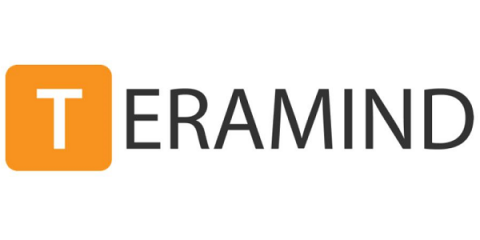Solving The Remote-Work Productivity Questions Once And For All
There has been no shortage of digital ink spilled about the merits and pitfalls of remote work. A seemingly unending surge of worker surveys, scientific studies, pundit prognostications and C-suite demands have coalesced around the one intractable truth — nobody seems to agree if remote work is a productivity boon or bust. To be sure, today’s companies are highly motivated to understand this dynamic.


